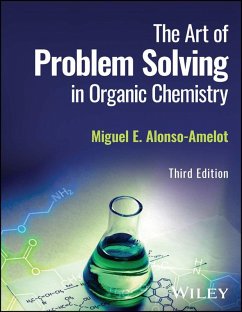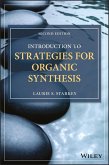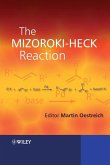The Art of Problem Solving in Organic Chemistry The new edition of the classic textbook that has helped thousands of students understand and solve the complex mechanistic problems posed by organic reactions The Art of Problem Solving in Organic Chemistry is a must-have workbook for students and professionals alike, offering step-by-step guidance on applying proven strategies and logical techniques to solve complex reaction mechanism problems. The book is organized in two sections: The Toolbox and the Problem Chest. The first part is presented in four chapters covering advanced contemporary issues of molecular structure and orbital configuration, stereoelectronic constraints, electron shifts, redeployment and arrow-pushing allowances and pitfalls, as well as functional groups roles and key intermediate species, all of which dominate the reaction mechanism scenario. These concepts are rounded up by a series of time-tested problem analysis strategies and thinking routes shown in flowcharts and illustrated by application to specific cases. The Problem Chest puts together a set of 50 newly selected fully discussed mechanism problems of increasing difficulty, in which all the power of the Toolbox paraphernalia is put to work. Now in its third edition, The Art of Problem Solving in Organic Chemistry retains the structure of previous editions, previously rated among the 30 best organic chemistry books of all time by BookAuthority. More than 50 revised organic reaction mechanism problems are complemented by an entirely new set of problems, additional concepts and techniques, expanded coverage of applications in contemporary organic chemistry, embedded cases of the existing reaction pool taken from recent literature, and much more. * Describes the principles, methods, tools, and problem analysis techniques required to solve organic reaction problems * Extends the logic and strategy of the mechanistic approach beyond specific reactions and facts * Discusses practical methods for improved problem solving for organic reaction mechanisms * Explains tested strategies for analyzing the possibilities of reaction mechanisms between reactants and products * Contains detailed appendices with definitions and examples of principles, reactions, mechanisms, and reagents The Art of Problem Solving in Organic Chemistry, Third Edition is an essential volume for advanced undergraduates, graduate students, lecturers, and professionals looking to improve their performance in finding solutions to organic reaction problems. It is an ideal textbook for courses on organic reactions and problem analysis, as well as an excellent supplement for courses covering reactive intermediates and mechanisms of molecular transformations.
Dieser Download kann aus rechtlichen Gründen nur mit Rechnungsadresse in D ausgeliefert werden.









